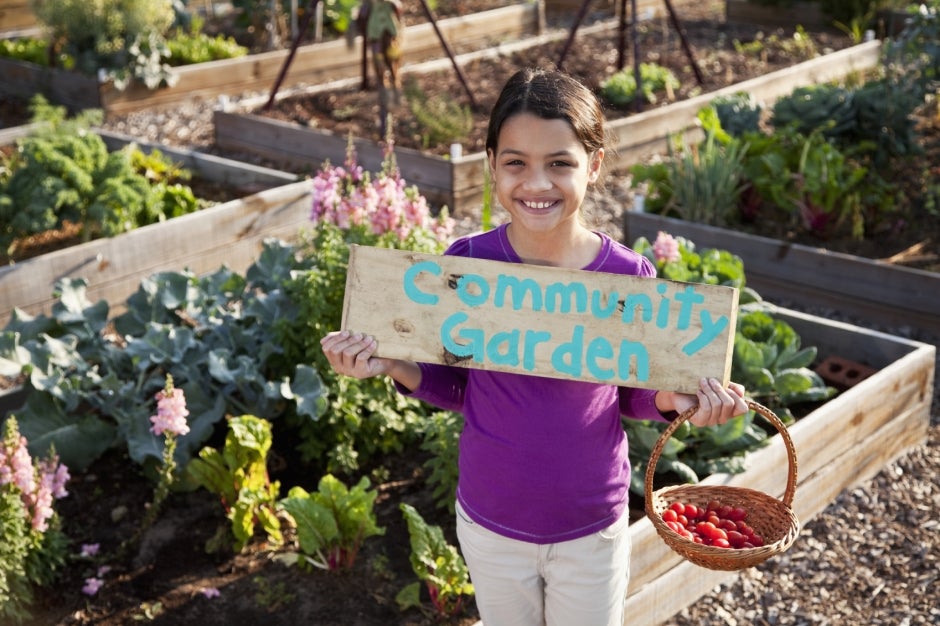Growing School Gardens to Increase Access to Healthy Food
Many students in San Mateo County have never planted, grown, harvested or cooked their own food. Garden-based learning uses the garden as an outdoor classroom to introduce children to where food comes from, what makes healthy food healthy, and why it’s important to eat fresh fruits and vegetables.
- School gardens are outdoor learning labs. They reinforce California’s academic standards with real world applications.
- School gardens benefit all students, especially those who learn by doing.
- School gardens lead to higher academic achievement. Gardens positively impact standardized test scores, daily attendance, behavior, and student learning.
- School gardens encourage kids to eat fruits and vegetables kids and adopt healthy eating attitudes.
Children who participate in school garden programs are much more likely to eat fruits and vegetables when they are available to them. They’re also more likely to teach their families about eating fruits and vegetables, and healthy eating overall.
Creating and sustaining school gardens can be challenging for schools. First, there’s the high cost of materials to start a garden, and it can take time to find available land and to test soil. It then takes time and leadership to maintain a garden year after year. In San Mateo County and in many schools across the country, school gardens are often maintained by parent volunteers, and garden-based education programs are supported by enthusiastic teachers. There is no required academic curriculum or stable funding source for school gardens at this time.


